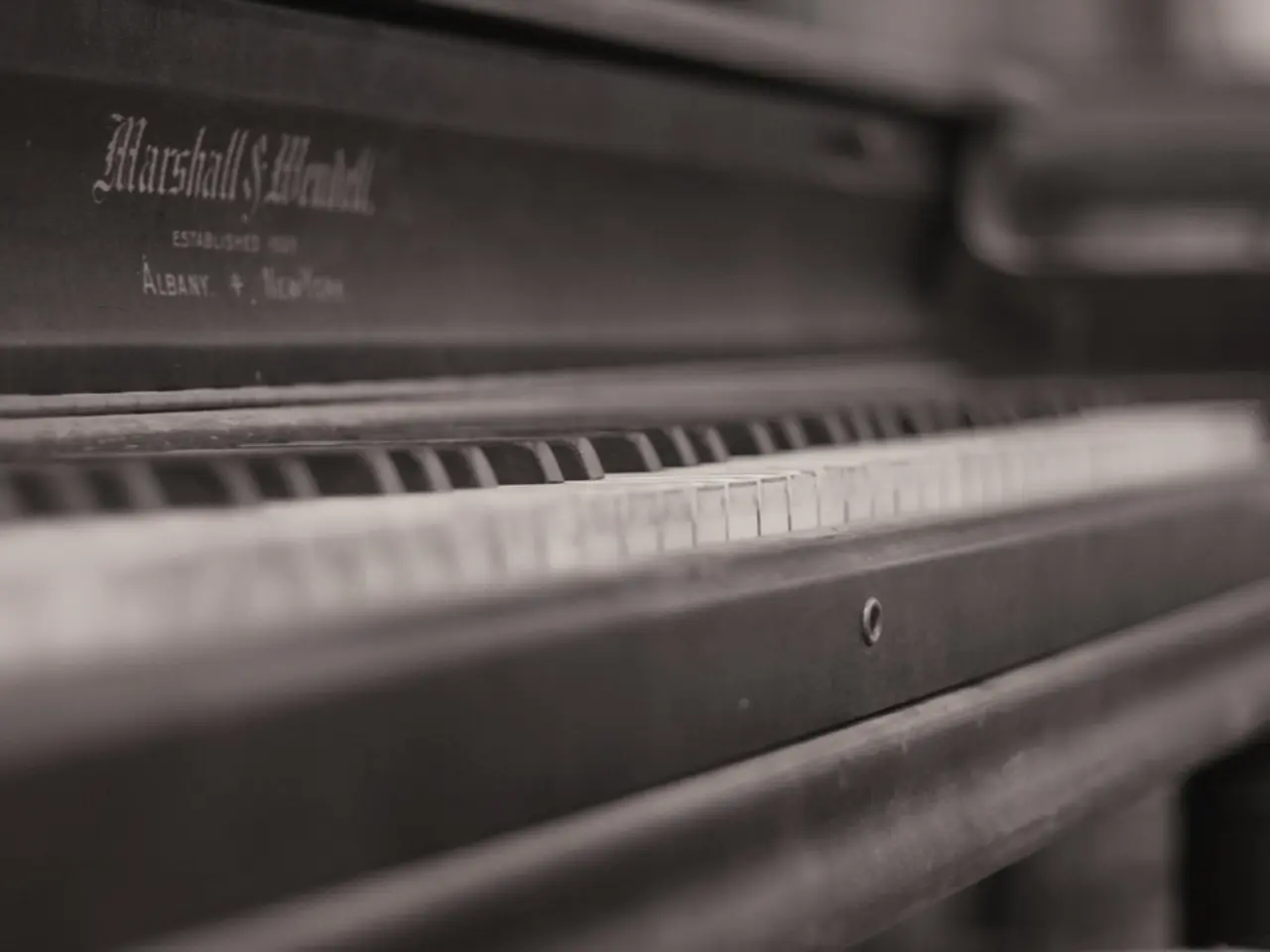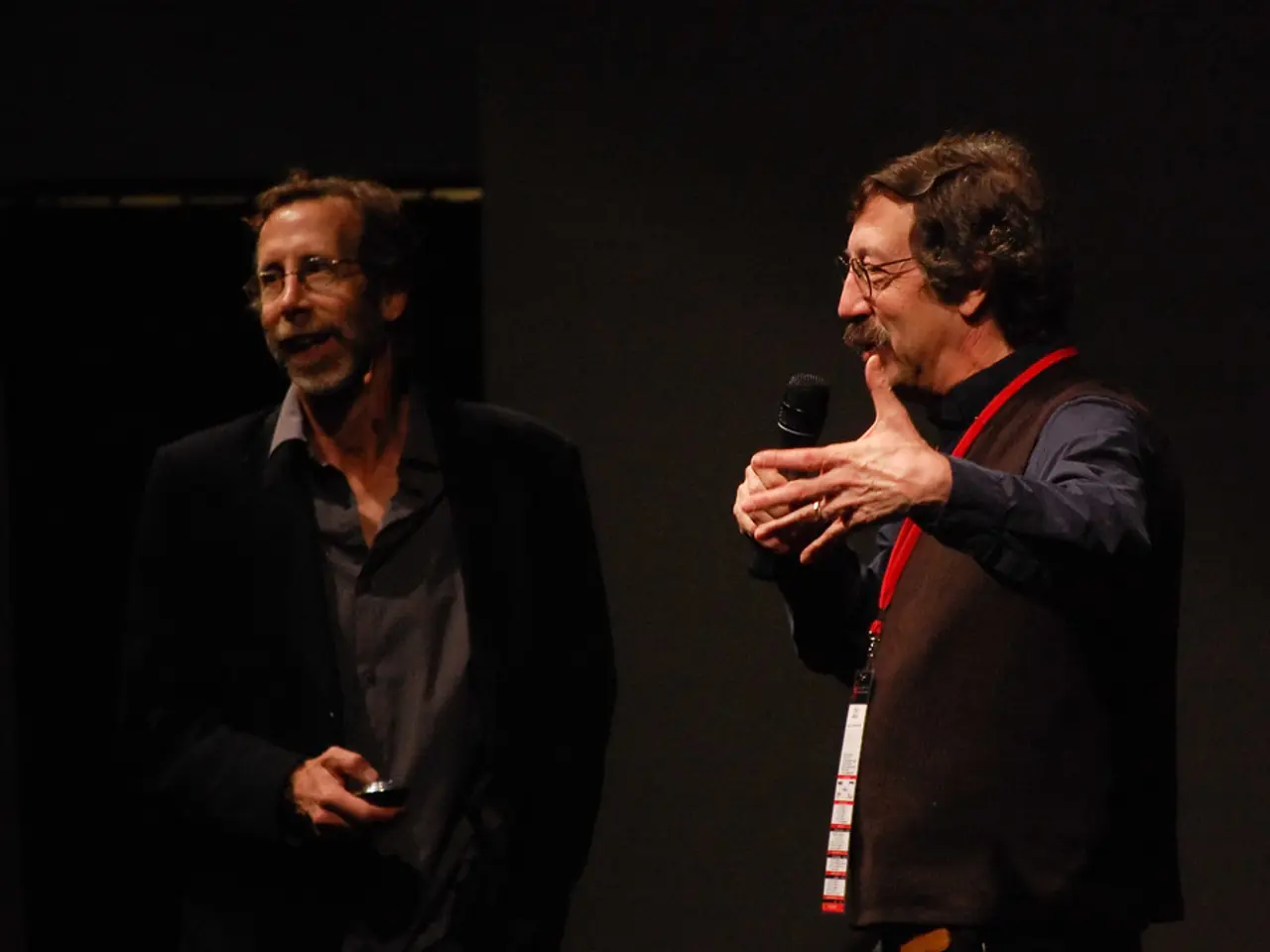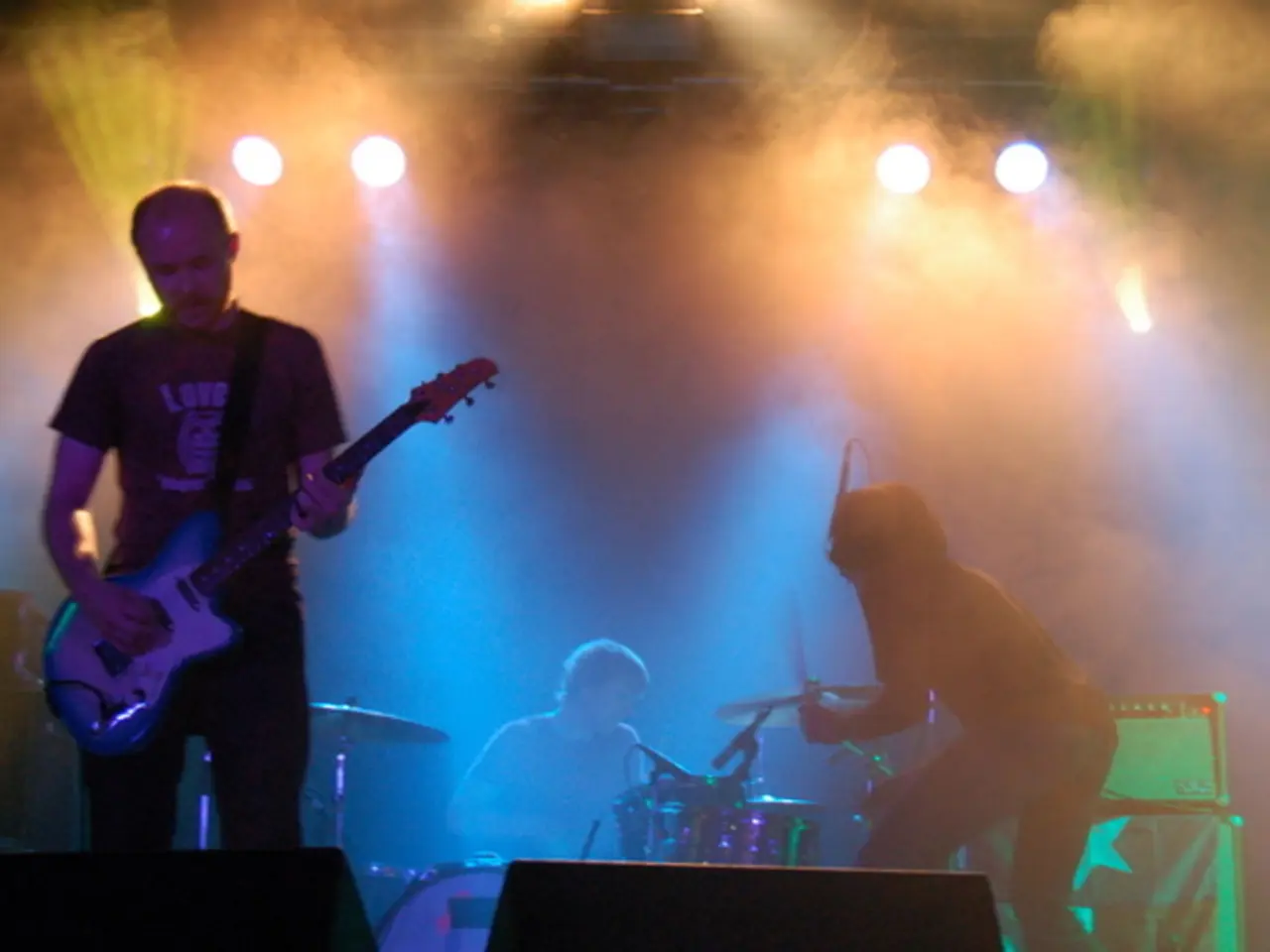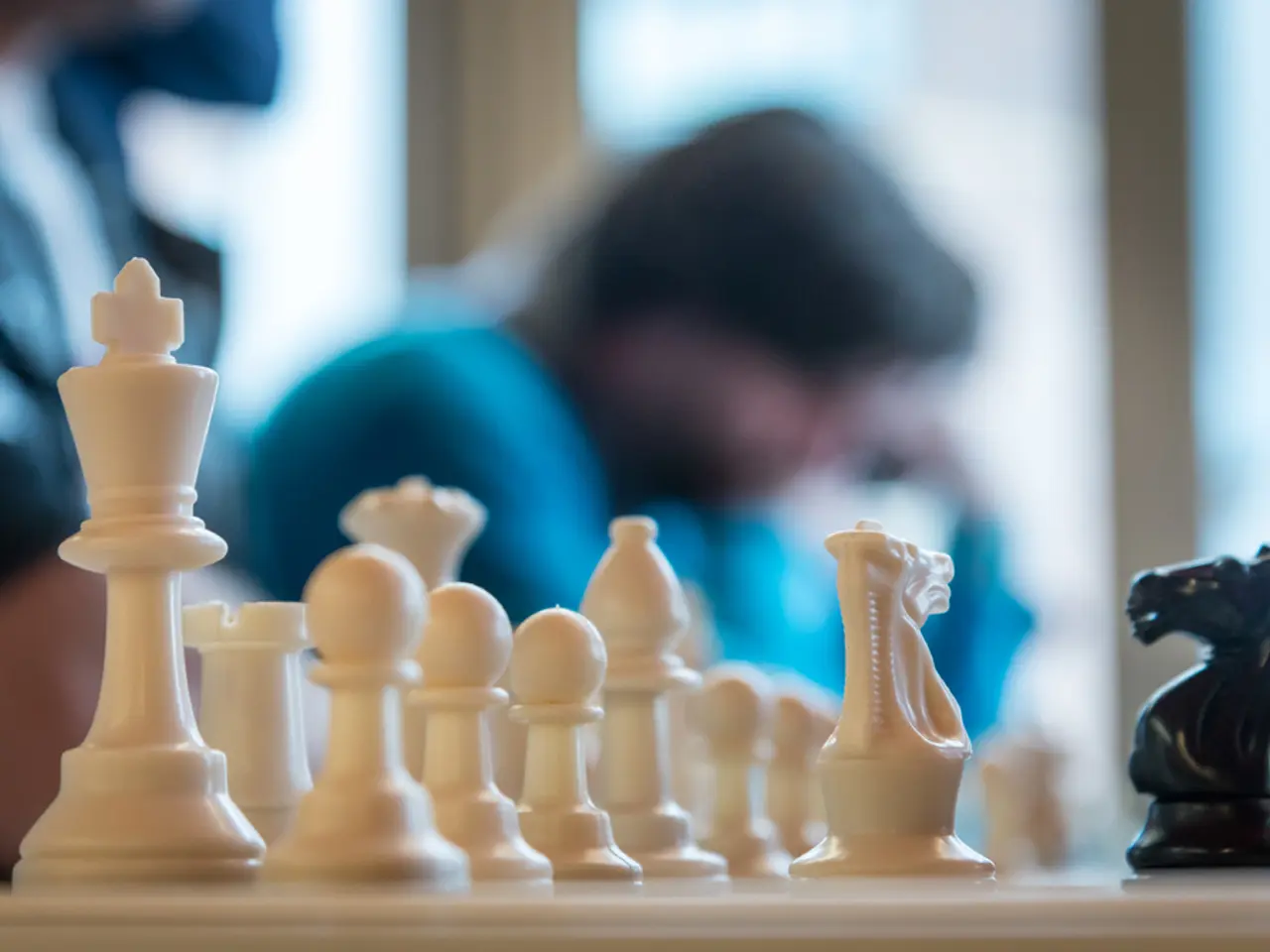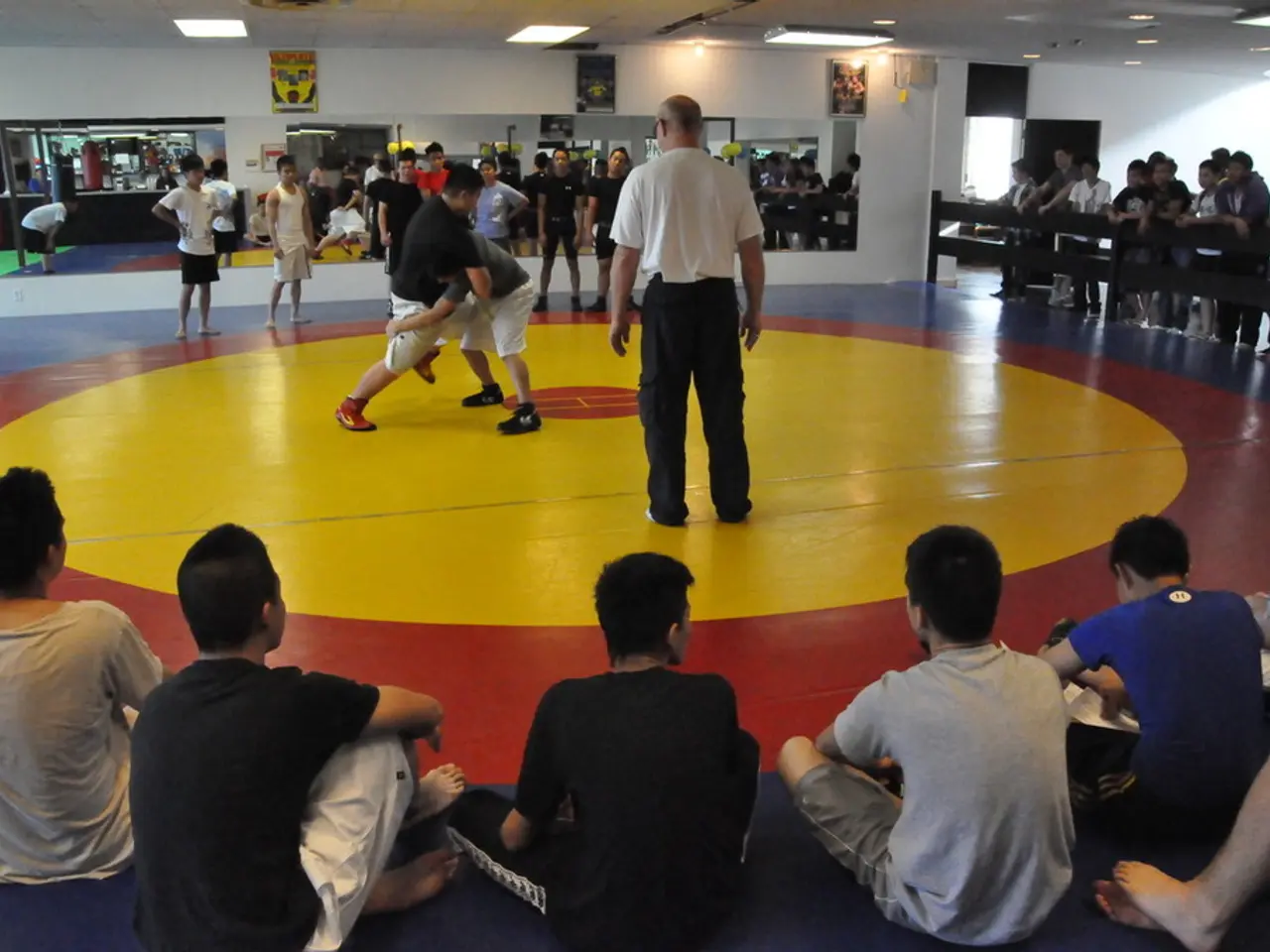The Legacy of Liszt and Its Impact on Contemporary Piano Playing Techniques
Franz Liszt, a pioneer of modern pianism, honed his unique technique from the teachings of the Viennese school, particularly from Carl Czerny's finger-wrist exercises [1][5]. Liszt's approach expanded upon this foundation, integrating broader arm movements, a more holistic use of the hand and forearm, and a refined control of tone color and dynamics [1][5].
Liszt's evolution was driven by the demands of his own Romantic compositions, which required unprecedented virtuosity and a richer, more orchestral sound. He developed exercises and études that demanded power, speed, and lyrical expressiveness simultaneously, transforming piano playing into a more holistic physical and musical experience [3]. His Transcendental Études refashioned Czerny’s finger drills into concert virtuoso pieces, showcasing this expanded technique [3].
Liszt's influence on the development of piano playing in Germany and Russia was profound. His students, such as Hans von Bülow in Germany, propagated his technique, broadening the expressive range of piano performance and merging virtuosity with deep musical insight [5]. In Russia, Liszt's innovations inspired composers and teachers like Mily Balakirev and Alexander Borodin, who were part of the "Mighty Handful" and helped develop a distinctive Russian piano tradition that combined technical brilliance with nationalistic elements [1][5].
Accounts suggest that Liszt's primary use of the wrist and rotation resembles the definition of the Scaramuzza technique, although the development of this technique was appearing in many countries simultaneously throughout the late 1800s [2]. However, it's worth noting that the new arm weight technique, which emerged in response to stronger key actions and resonance in pianos, came at a loss of a more rounded, smooth sound [6].
Liszt's teachings were not limited to direct technical instruction but focused on interpretation. He rarely demonstrated or played to his students, instead recommending fingerings and encouraging a freer approach without over-influencing the student [7]. Much of Liszt's piano teachings were spread by word of mouth, resulting in different and sometimes contradicting accounts from students over the years [7].
Despite the lack of definitive evidence, it's possible that Liszt was influenced by Paganini, but the inspiration was more compositional than technical [4]. The Classical method from Czerny was always central to Liszt's playing, and the addition of other techniques developed at the time, including elements borrowed from Thalberg and Dreyschock, was also a part of Liszt's technique [8].
Liszt's influence extends beyond the 19th century, filtering through composers such as Tchaikovsky, Busoni, Safonov (teacher of Scriabin), Silotti (teacher of Rachmaninov), Prokofiev, and professors today [9]. His legacy continues to shape the world of classical music, with his orchestral and thematic approaches enriching the Romantic piano repertoire.
[1] Graves, Alan Walker. Franz Liszt: The Virtuoso Years 1811-1847. University of California Press, 1983. [2] Schonberg, Harold. The Great Pianists: From Mozart to the Present. Simon and Schuster, 1963. [3] Graves, Alan Walker. Franz Liszt: The Weimar Years 1848-1861. University of California Press, 1996. [4] Ott, Bertrand. The Pianist's Arm Weight Technique: A Historical Perspective. Journal of the American Liszt Society, vol. 15, no. 2, 1978, pp. 24-37. [5] Rink, Rainer. Franz Liszt: The Weimar Years 1848-1861. Cambridge University Press, 1997. [6] Schonberg, Harold. The Great Pianists: From Mozart to the Present. Simon and Schuster, 1963. [7] Ott, Bertrand. The Pianist's Arm Weight Technique: A Historical Perspective. Journal of the American Liszt Society, vol. 15, no. 2, 1978, pp. 24-37. [8] Graves, Alan Walker. Franz Liszt: The Weimar Years 1848-1861. University of California Press, 1996. [9] Schonberg, Harold. The Great Pianists: From Mozart to the Present. Simon and Schuster, 1963.
The composer Franz Liszt's unique technique, a fusion of the classical method from Carl Czerny, elements borrowed from Thalberg and Dreyschock, and innovative aspects that resemble the Scaramuzza technique, transformed the piano playing into a more holistic physical and musical experience, expanding the expressive range of piano performance. His evolution, driven by the demands of his own Romantic compositions, resulted in exercises and études that required power, speed, and lyrical expressiveness simultaneously, making him an influential figure in advanced entertainment through music, shaping the world of classical music well beyond the 19th century.
